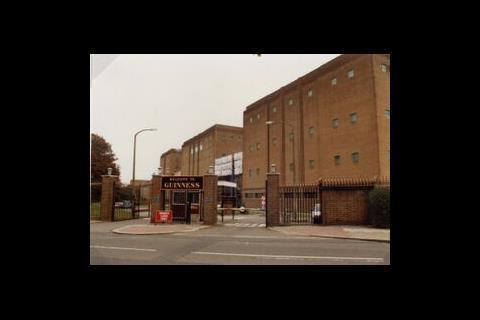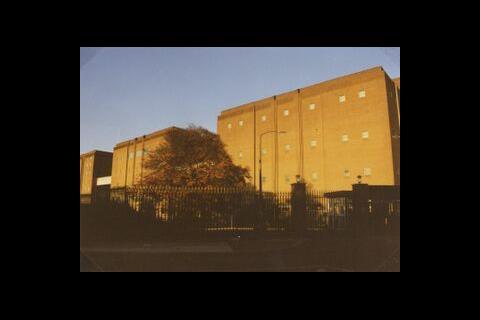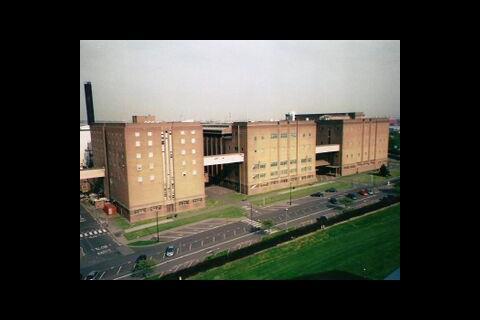It is safe to say that statistics is not the most popular part of the undergraduate microbiology curriculum. Fortunately though, students’ recognition of the importance of statistical significance for proving an empirical result, coupled with inspired teaching staff and exemplary aids (see, for example, the Statnotes series by Anthony Hilton and Richard Armstrong, which previously appeared in the microbiologist) seem to ensure that microbiologists emerge with a reasonable working knowledge of the subject.
It is safe to say that statistics is not the most popular part of the undergraduate microbiology curriculum. Fortunately though, students’ recognition of the importance of statistical significance for proving an empirical result, coupled with inspired teaching staff and exemplary aids (see, for example, the Statnotes series by Anthony Hilton and Richard Armstrong, which previously appeared in the microbiologist) seem to ensure that microbiologists emerge with a reasonable working knowledge of the subject. Of the skills acquired, ‘Student’s t test’ to compare the means of two groups always seems to enjoy particularly high esteem amongst students; so much so that some may believe that the test’s name was conferred in their honour. Certainly, many are surprised to learn that its originator, the eponymous ‘Student’, was in fact a pen name adopted by William Sealy Gosset; a man we can justifiably claim as an applied microbiologist, having spent his entire working life as a brewer.
Gosset was born in Kent in 1876 into an army family of Huguenot extraction. He won a scholarship to Winchester School, but bad eyesight prevented him from entering the Royal Military Academy at Woolwich and following his father into the Royal Engineers. He did however enjoy the enviable success of being awarded a scholarship to New College, Oxford where he obtained first class honours in Mathematical Moderations (1897) and in Natural Sciences (1899).
In the autumn of 1899 Gosset turned his back on an academic career and moved to Dublin to become an Assistant Brewer at Guinness’s St James’s Gate brewery. When it was first founded by Arthur Guinness in 1759 the brewery had focused on production of ale but later introduced varieties of porter to compete with the English product which then dominated the local market. The change proved transformatory as the company’s new products proved popular in Ireland and were soon being exported to England, starting to build the success and world-wide brand recognition enjoyed by Guinness to this day.
Gosset began work in the Research Laboratory and Experimental Brewery, established in 1900 by Horace Brown, a notable figure in the history of scientific brewing who had started his career at Burton-on-Trent more than 30 years earlier. The company had an enlightened attitude to staff training and very early on Gosset returned to England to attend a course on brown beers at Birmingham University where he learnt the use of the haemocytometer for the enumeration of yeasts – a topic that was later to form the subject of his first statistical publication On the Error of Counting with a Haemocytometer, in Biometrika in 1907. It was at this stage that he adopted the pen name ‘Student’, as a condition of publication imposed by his employer. According to one theory proposed by the economist Stephen Ziliak, who has undertaken research in the Guinness archives, he may have simply taken the name ‘Student’ from the brand name of a notebook he used for his haemocytometer work.
Much of the work in the Experimental Brewery entailed making inferences from results obtained using small samples of hops, malt or different barley varieties in test brews. In an early report to the Board of Directors, The Application of the Law of Error to the Work of the Brewery, he advised that a professional mathematician be consulted about the degree of probability to be accepted as proving various propositions. This led to an introduction to Karl Pearson, a founding father of modern statistics, at University College London (UCL), followed by permission from his employers to spend a sabbatical (1906-7) at UCL. There followed a series of papers by ‘Student’ including The Probable Error of the Mean (1908) in Biometrika describing his test of significance now known as ‘Student’s t test’. It was not taken up immediately and required championing by another major figure of 20th Century statistics, the evolutionary biologist R. A. Fisher, particularly in his seminal book Statistical Methods for Research Workers (1925). To Gosset’s disquiet, Fisher later also later introduced and promoted the 5% rule of statistical significance which is now the accepted norm.
It bears testimony to Gosset’s equable character that he always remained on excellent terms with both Pearson and Fisher: two people who famously fell out with many (and each other). Both were ardent supporters of the eugenics movement, Fisher following Pearson as Galton Professor of Eugenics at UCL in 1933, but I have seen no reference to Gosset sharing their now tainted views.
In 1935 Gosset was appointed Head Brewer for a large new Guinness brewery in Park Royal, West London, built to supply the whole UK market. Designed by Alexander Gibb and Sir Giles Gilbert Scott, it was described as creating a ‘huge, but decoratively restrained environment’ for its 1,500 workers in an art deco style. A further promotion to Head Brewer for all of the Guinness empire followed in September 1937 but Gosset sadly died suddenly just a month later.
Brewing in London, Guinness increased its UK market share from 5.4% in 1933 to 7.9% in 1956, but with changing times and tastes, ceased in 2005. The C20 Society, supported by English Heritage, proposed the brewery buildings for listing but the application was rejected and, in what was described as an ‘act of pure architectural vandalism’, they were demolished in 2006.
Gosset has no memorial in London, either at UCL or Park Royal but there is quite justifiably a commemorative plaque at the Dublin Brewery, where most of his career was spent. Giles Gilbert Scott, architect of Park Royal, has done slightly better in London despite the loss of his brewery. He is acclaimed for Battersea and South Bank power stations (the latter now Tate Modern) and, on a rather smaller but more numerous scale, the iconic K2 red telephone boxes for which he won a design competition in 1924. Some 1,700 were installed (mainly in London) and just over 200 (all with a Grade II listing) remain on British streets.










No comments yet